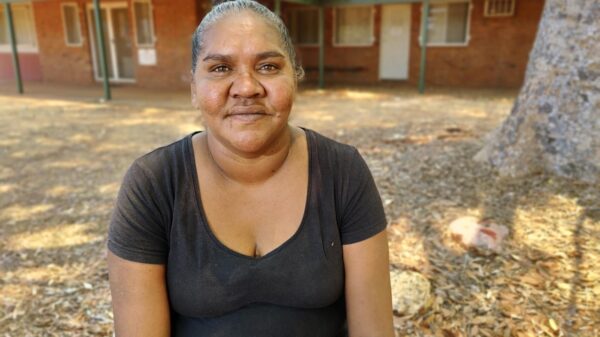A recent study highlights significant health risks associated with a specific strain of chronic hepatitis B, particularly affecting First Nations communities in Australia. Researchers from the Menzies School of Health Research conducted an analysis of the C4 hepatitis B strain among Aboriginal and Torres Strait Islander people, revealing alarming rates of liver disease among those infected.
The study’s lead, Jane Davies, who also heads the Menzies Hepatitis B program, explained the implications of the findings. “When people have chronic hepatitis B, we worry about liver damage that may progress to liver cirrhosis or liver failure. They are also at a higher risk of liver cancer,” she stated. The lab analysis indicated that the C4 sub-genotype appears to be particularly aggressive in causing liver damage.
Clinical data from over 780 individuals across the Northern Territory confirmed these laboratory findings. According to Professor Davies, approximately 22 percent of the participants exhibited significant liver damage, with 16 percent diagnosed with cirrhosis, a condition characterized by severe scarring of the liver.
“We have followed patients over time, examining various markers of the virus as part of their clinical care. Our results show that there are significantly high rates of liver damage within the Aboriginal and Torres Strait Islander population infected with this specific sub-genotype of chronic hepatitis B,” Professor Davies noted.
Under current Australian health guidelines, only 25 percent of the affected cohort is receiving treatment. The researchers explored the potential impact of adopting the World Health Organization’s expanded treatment guidelines for individuals living with C4 hepatitis B. Professor Davies indicated that under these expanded guidelines, approximately half of those not currently treated could qualify for medical intervention.
While acknowledging that expanding treatment guidelines is a complex issue, she emphasized the necessity of prioritizing healthy liver function for those living with hepatitis B. “In my opinion, we should treat as many people as possible where there is evidence to reduce their risk of progression to liver failure and liver cancer,” she remarked.
Professor Davies stressed the importance of evidence in deciding whether to implement treatment for the more than 50 percent of individuals currently untreated. “This is definitely a nuanced conversation with pros and cons,” she added.
The study represents the latest findings from the Hep B PAST program, an initiative aimed at eliminating hepatitis B in the Northern Territory. The research has been published in the journal BMC Infectious Diseases, contributing vital information to the ongoing discourse surrounding hepatitis B management in vulnerable populations.



























































